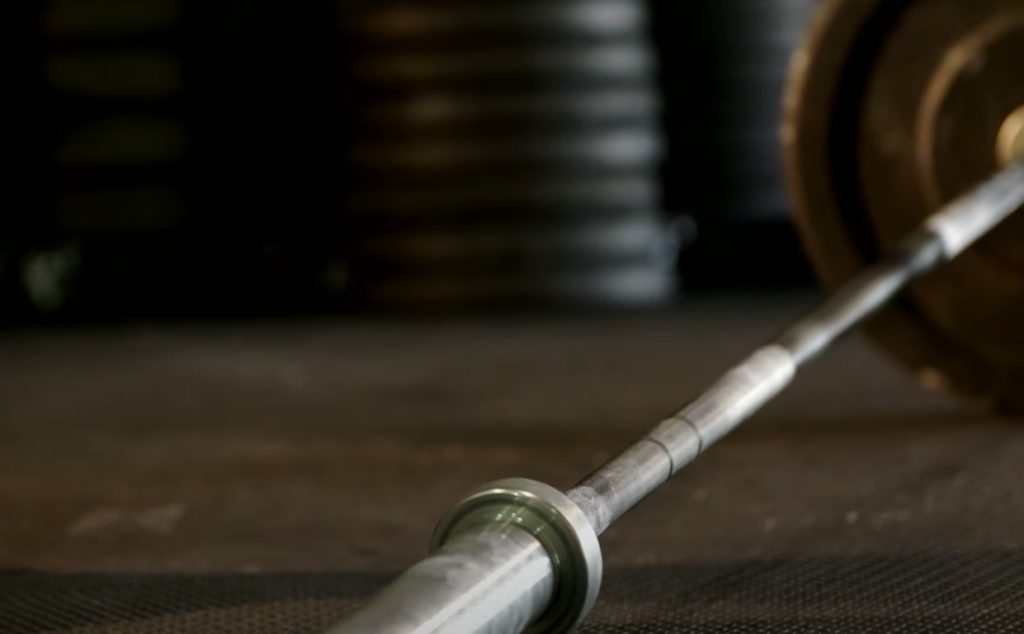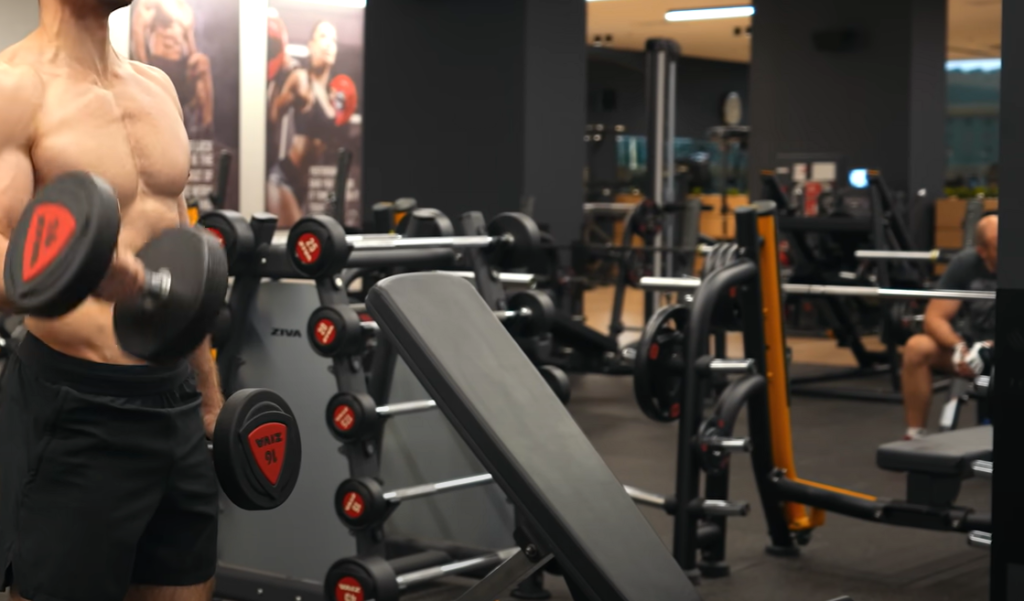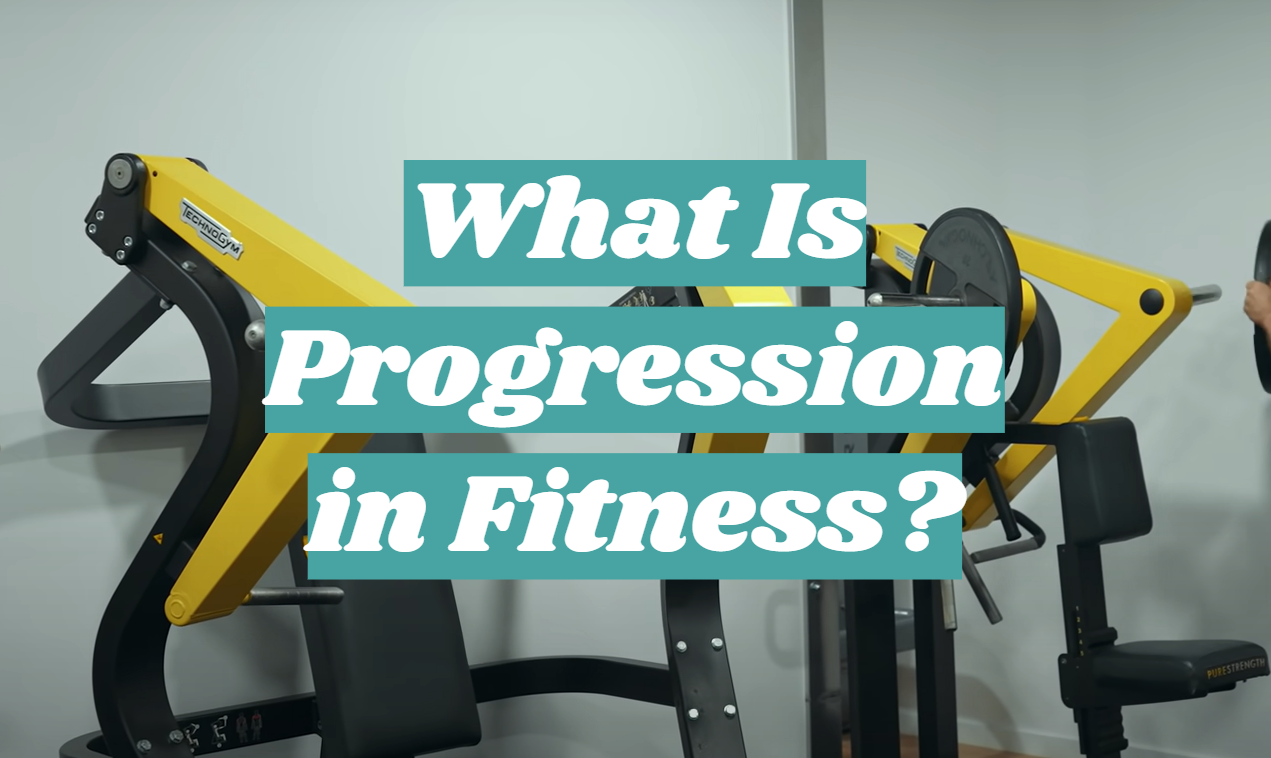Making fitness progress can seem like a daunting task. With so much information out there, it’s hard to know where to start! In this article, we will answer some common questions about making progress in the gym, and provide helpful tips for getting the most out of your workouts. So whether you’re just starting out or you’ve been working out for years, read on for some valuable advice on making real progress in the gym!
The Importance Of Exercise Progression
One of the most important factors in making progress in the gym is exercise progression. This simply means that you are regularly challenging your body with new and more difficult exercises. If you do the same workout routine week after week, your body will quickly adapt and you will stop seeing results. In order to avoid this plateau, it is important to regularly mix up your workouts and challenge your body in new ways.

There are a few different ways that you can progress your workouts. One way is to increase the amount of weight that you are lifting.
Another way to progress your workouts is by increasing the number of repetitions that you are doing. If you are doing the same number of reps week after week, you will also plateau. Finally, you can change the exercises that you are doing. This could mean adding in new exercises or substituting different exercises for ones that you are already doing. By regularly mixing up your workouts, you will avoid plateaus and continue to see results. [1]What Is the Principle of Progression?
The principle of progression states that in order to continue making gains in fitness, you must consistently challenge your body with new and increasingly difficult tasks. In other words, if you keep doing the same workout day after day, week after week, month after month, your body will eventually adapt to the point where that workout is no longer providing a challenge, and your fitness gains will plateau.
The good news is that there are a number of ways to keep your workouts fresh and challenging, so you can continue making progress towards your fitness goals. The following are just a few tips and tricks for progression:
Vary Your Workouts
One of the best ways to avoid workout boredom and keep your body guessing is to simply vary your workouts on a regular basis. This could mean anything from changing up your exercises to using different weights or resistance levels, to altering the number of reps and sets you perform.
Increase the Intensity of Your Workouts
If you’re finding that your workouts are starting to feel too easy, it’s time to turn up the intensity. There are a number of ways to do this, but one of the simplest is to simply increase the weight you’re using for your exercises.
Focus on Quality over Quantity
When it comes to making progress, it’s important to focus on quality over quantity.

This means that rather than trying to do as many reps as possible, you should focus on using perfect form and really feeling the muscles working.
Progress Slowly and Gradually
When it comes to making fitness progress, it’s important to take things slowly and gradually. This means that you shouldn’t try to do too much too soon, as this can lead to burnout or injury. Instead, focus on making small, consistent changes that you can sustain over time.
Listen to Your Body
Last but not least, it’s important to listen to your body and exercise mindfully. This means being aware of how your body is feeling on any given day, and adjusting your workout accordingly. [2]
Understanding the Overload Principle
The overload principle is a basic law of nature that can be applied to physical activity in order to produce results. It essentially states that in order for something to grow, develop or change, it must be overloaded beyond its current capacity. Only then will it have the opportunity and need to adapt. The overload principle is often misunderstood because people tend to think that more is always better. This isn’t necessarily the case. The key is to provide just enough of a challenge or overload to stimulate adaptation, but not so much that it leads to injury or excessive fatigue.
The easiest way to understand how the overload principle works is to think about what happens when you strength train.
This is because the muscles have been overloaded beyond their current capacity and have adapted in order to meet the new demand. If you continue to use the same weights for months or years on end, however, your muscles will no longer be challenged and they will no longer grow. This is because they’ve already adapted to the stimuli and no longer need to change. In order to continue making progress, you must gradually increase the amount of weight you’re lifting (i.e. overload your muscles beyond their current capacity) in order to force them to adapt and get stronger. [3]Types of Progression
There are three types of progression that you need to be aware of as you journey through your fitness progress.
Frequency
The first type of progression has to do with how often you work out. When you’re starting out, it’s important to increase the frequency of your workouts gradually. Your body needs time to adapt to the new stresses you’re putting on it, and if you jump in too quickly you risk injury or burnout.
Once you’ve reached that point, you can focus on other types of progression (discussed below).
Of course, this is just a general guideline – some people may be able to handle more frequent workouts from the start, while others may need to take things a bit slower. Just listen to your body and don’t overdo it.
Intensity
The first step in any fitness journey is to find the right level of intensity. If you’re just starting out, it’s important to ease into things gradually. Overdoing it at the beginning can lead to injuries, burnout, and demotivation. Conversely, if your goal is to lose weight or get in shape quickly, you’ll need to push yourself a bit harder.The best way to find the right intensity level is to experiment and see what works for you. Start with moderate intensity workouts and gradually increase the intensity as your fitness level improves.
Duration
How long should you continue working out to see fitness progress? This is a common question with no definitive answer. Depending on your goals, you may need to workout for months or even years to see results. However, most people will start seeing changes after 4-8 weeks of consistent exercise. [4]
FAQ
What does fitness progression mean?
Fitness progression can be defined as the act of improving one’s physical fitness over time. This could involve making changes to diet and exercise habits, using new or different workout equipment, or anything else that leads to an overall improvement in physical fitness.There are many different ways to approach fitness progression, and there is no one “right” way to do it. What works for one person may not work for another, and what works at one stage of life may not work at another.
The important thing is to find what works for you and to stick with it. There are a few key things to keep in mind when trying to make fitness progress. First, consistency is key. It’s important to find an approach that you can stick with over the long term. Second, progress should be gradual. Making too many changes at once is usually not sustainable and can lead to burnout. Finally, listen to your body.
What is an example of progression in fitness?
Progressing in fitness means consistently improving your physical abilities over time. This can manifest itself in many ways, such as becoming stronger, faster, more agile, or having better endurance.There are countless ways to progress in fitness, but it ultimately comes down to two things: consistently doing things that challenge your body and gradually increasing the difficulty of those challenges. Here are a few examples of fitness progressions:
- If you’re a beginner, start by working on your posture and form with basic exercises like bodyweight squats, lunges, and push-ups.
- If you’re a runner, start by running a few times per week at a comfortable pace.
- If you’re looking to build muscle, start by doing bodyweight exercises and gradually add weight as you get stronger.
What is an example of progression?
Progression is the process of making improvement in your fitness level. The term can refer to improving any physical quality, such as strength, endurance, or power. It can also refer to improving your skill level at a certain activity.There are endless ways to progress in your fitness journey. Here are a few examples:
- Adding weight to your lifts
- Doing more reps with the same weight
- Running a faster mile
- Increasing the distance you can swim without stopping

No matter what your fitness goals are, progression is key to seeing results. If you’re stuck in a workout rut, these tips will help you start making progress again.
What does progression mean in sport?
Progression in sport is the process of gradually increasing the intensity or volume of training to overload the body and improve fitness levels. Progression should be carefully planned to avoid injury and allow adequate recovery between sessions. It is important to find the right balance of progression that works for you as an individual.
Why is exercise progression important?
Exercise progression is important for a few reasons. First, as your fitness level improves, you’ll need to increase the intensity or duration of your workouts to continue seeing results. Second, progressing your workouts can help prevent boredom and keep you motivated to stick with your exercise routine. Finally, by gradually increasing the difficulty of your workouts, you’ll minimize your risk of injury.
What is the principle of progression?
The principle of progression is simple: in order to improve, you must progressively overload your body with increasing levels of difficulty. In other words, as you become more fit, you must challenge yourself with more difficult exercises in order to continue seeing results. This progressive overload can be accomplished in a number of ways, including:
- Increasing the amount of weight you lift
- Increasing the number of reps you perform
- Decreasing the amount of rest time between sets
- Adding new, more challenging exercises to your routine
The key is to make small, consistent increases over time so that your body can adapt and avoid plateauing. If you try to do too much too soon, you’ll likely end up injured or burned out.
Why is progression important in PE?
Progression is important in physical education for a variety of reasons. First, if students are not progressing, they are likely to become frustrated and discouraged. Second, progression challenges students to maintain their interest and motivation. Finally, progression ensures that students are learning the skills and knowledge necessary to improve their fitness level. While some students will progress quickly, others will need more time. The key is to make sure that all students have the opportunity to experience success.
There are a variety of ways to measure progression in physical education. One common method is to use fitness testing. Fitness testing can help teachers identify areas where students need improvement and track their progress over time. Another way to measure progression is through student self-assessment. This allows students to reflect on their own progress and set goals for themselves.
What is progression and types of progression?
Progression simply refers to getting better at something over time. When it comes to fitness, progression can take many different forms. For example, you might see improvements in your strength, endurance, or body composition. There are two main types of progression: linear and nonlinear. Linear progression is when you make small, consistent gains over time. This is the type of progression that you’re likely to see when you first start working out. Non-linear progression is when you make larger gains in a more sporadic manner. This can happen when you first start working out and make rapid gains in the beginning, or it may occur after a period of plateauing, where you suddenly make a large jump in progress.
Useful Video: Why 90% of People In The Gym Won’t See Results (Reality Check)
Conclusion
With all of the different types of fitness programs and products out there, it can be tough to know where to start. However, by following the tips and tricks in this guide, you’ll be well on your way to making real progress toward your fitness goals. And, as always, be sure to consult with a certified fitness professional before beginning any new diet or exercise program. If you’re looking for more comprehensive guidance on making fitness progress, be sure to check out our Fitness Progress Guide. In it, we cover everything from goal setting and motivation to product reviews and helpful tips. So whatever your fitness level or goals, we’ve got you covered. Until next time, stay fit and keep progressing!
References:
- https://www.xperthealth.org.uk/x-pert-blogs/the-importance-of-exercise-progression/
- https://blog.nasm.org/fitness/exercise-progressions-and-regressions-how-tos-of-scaling-movement
- https://www.verywellfit.com/progression-definition-3120367
- https://www.healtheuniversity.ca/EN/CardiacCollege/Active/Progressing_Your_Exercise/










Leave a Review